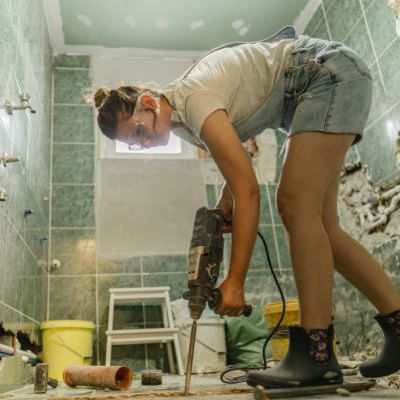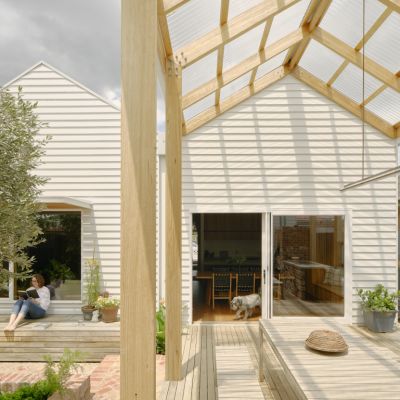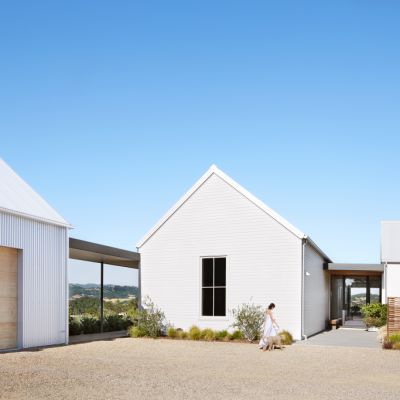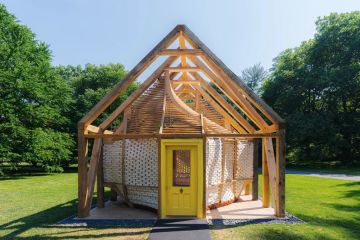How to avoid conflict when building or renovating your home
Anyone who has built or renovated a home knows it can be one of the most stressful experiences you’ll ever go through. Whether you’re a builder or home owner, construction sites can set the stage for a range of tense moments.
Luckily, those who’ve been there have wisdom to share on negotiating the issues that pop up along the way.
Incompatibility between client and builder
William McKenna, director at Wilken Homes (which operates in Melbourne and on the Mornington Peninsula), says it’s essential to establish a client-builder relationship that’s based on trust and compatibility rather than cost.
“The cheapest price is not the best price,” says McKenna, who’s been in the industry for over a decade.
“That’s the number one rule. And people will sometimes go for the figure that they think looks best, but then they get caught up in it being a terrible experience. The only thing that it comes down to is they didn’t find someone that’s compatible with who they are.”
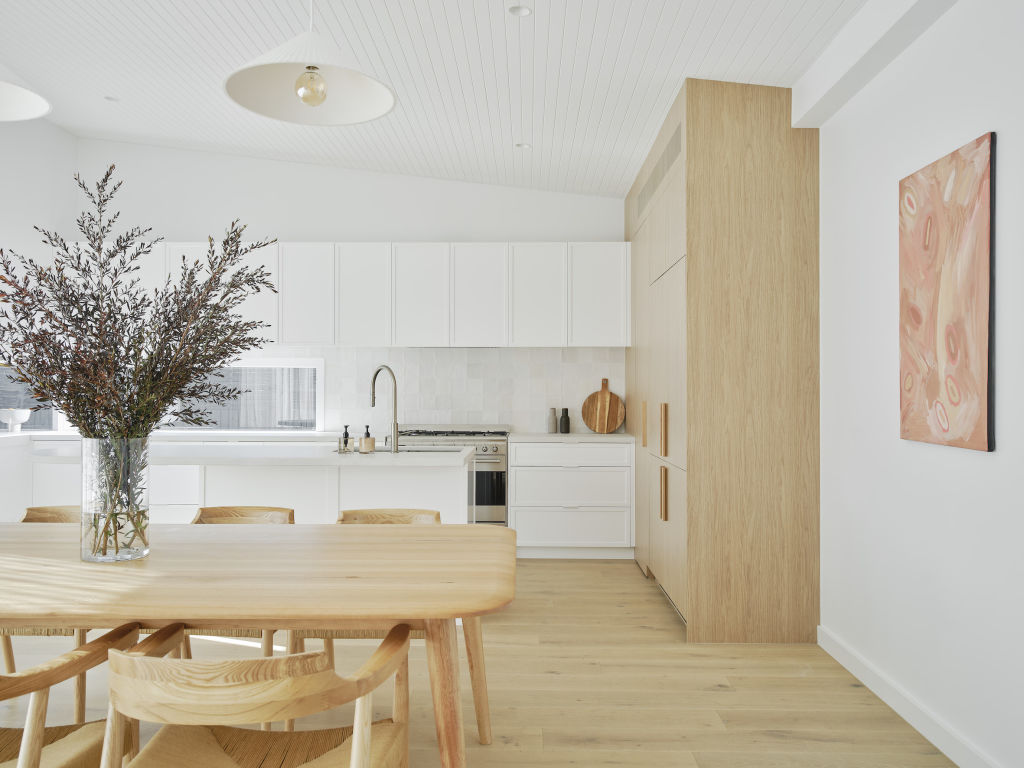
McKenna suggests going by referrals and word-of-mouth when choosing a builder, and says it’s completely reasonable to ask to view a builder’s past projects or speak to previous clients to get an idea of what their experience was like.
Victorian couple Ashlee Kay and Travis De Winton, who finished building a home in Tasmania last yeart, found their draughtsperson and builder through word of mouth and were very pleased with both the process and the end result.
“You’ve got to kind of just work on the recommendations,” Kay says. “I mean, of course you can do Google searches, but I think you generally want to have some kind of connection just to make sure you’re looked after.”
Micromanaging and lack of trust
McKenna says communication is key to building trust and that “a lot of it is easily resolved by just talking”.
“There’s no such thing as a silly question,” he says.
When it comes to clients with a tendency to get heavily involved in the build (a common enough complaint among builders), McKenna orients himself towards empathy rather than frustration.
“For some clients, building is a passion. It’s their passion project,” he says. “And that’s really exciting because they’re watching it, they love getting amongst it. Because, at the end of the day, 90 per cent of people are working on their home, and it’s going to be their safe place and their sanctuary.”
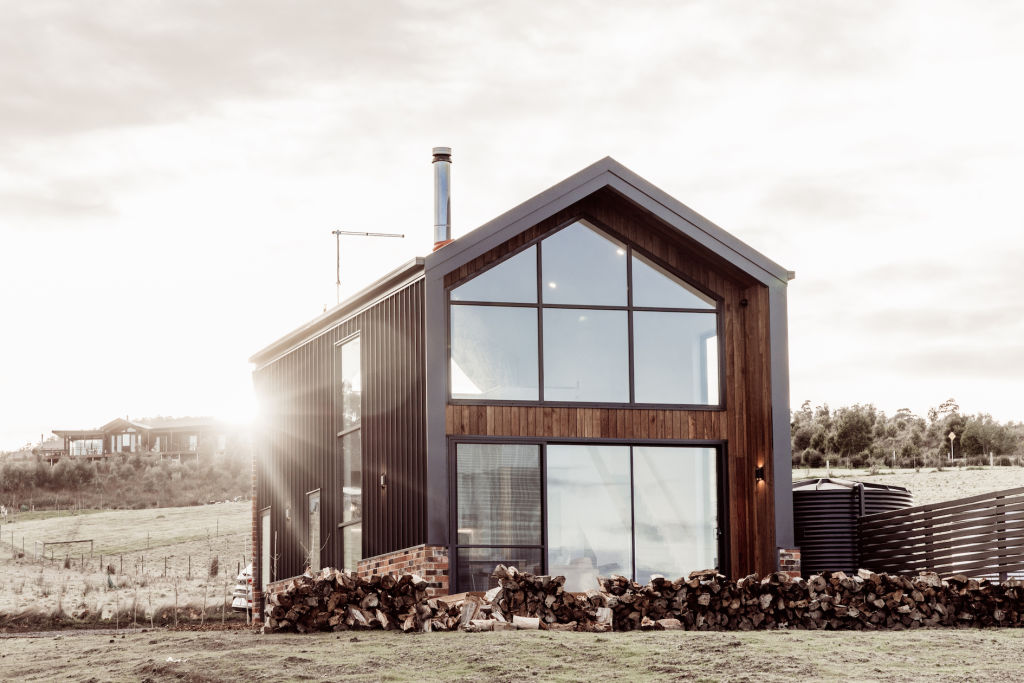
Budget blowouts
Another major source of conflict during the construction process is budget blowouts.
McKenna has a solution for this: he gets involved in the design process early, liaising with both the client and designer from the start to ensure everyone is on the same page and that the client’s vision can be achieved. This requires the client to be open about their budget from the start.
“A lot of the time [clients] don’t like to disclose their budget because they just want to get the prices,” he says. “But disclosing the budget can kind of troubleshoot a lot of issues later down the track.
“The builder can say, ‘Look, that’s not achievable, but this is achievable for that price tag,’ [and find] more cost-effective fixtures, fittings, building materials.”
Kay and De Winton were told in late 2021 that their new home could be constructed within the budget they presented to the builder, but by early 2022, the increased cost of materials and labour meant the builder’s estimate doubled.
Their rapport with the builder meant they stuck with him and agreed to the new estimate (which involved a trip back to the bank to secure a higher loan).
It also involved making some concessions, and the couple decided their approach would be “quality over quantity”. The second wardrobe in the main bedroom was sacrificed in favour of a stunning stone splashback in the kitchen, for example.
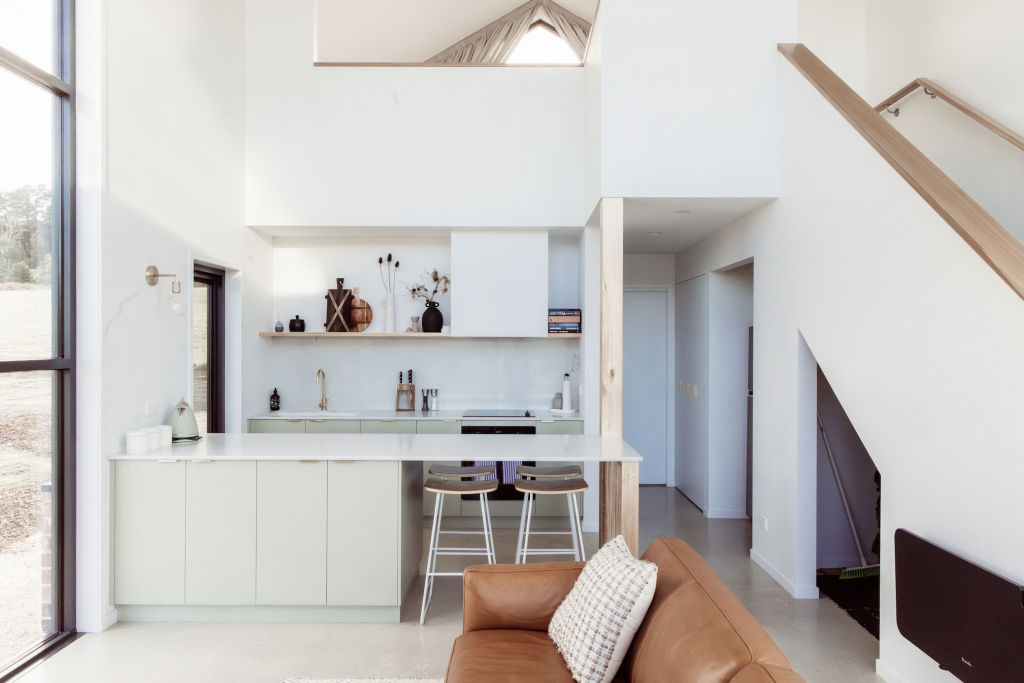
“You do have to learn to compromise on what you want. Unless you’ve got a lot of money … you do have to tell yourself you kind of can’t have it all,” Kay says.
“You’ve just got to be realistic that you can’t have the fancy wood, the fancy stone, the fancy finishes everywhere.”
Kay also says their builder was “really good” at helping them find reasonable deals when certain materials were too expensive.
Other surprises
Naturally, there are a range of other surprises that can emerge during the building process — from material shortages to something unexpected behind the wall plaster. Often these surprises can lead to delays.
“No matter what, in all builds and build processes, there is an element of the unknown,” McKenna says. “That is something that you’re constantly navigating as a builder – that sense of the unknown and how to keep the client informed.”
As well as weekly site meetings, McKenna keeps his clients informed via weekly photo updates that are filed in an online portal for the client to access.
“It helps eliminate the tough conversations when the unknown comes up because they’re kind of watching it all unfold in front of them, as opposed to just being hit with an email or a phone call saying, ‘Hey. Surprise!’ ” he says.
For Kay and De Winton, who were building far from home and only able to visit a few times during the entire build, email and text message updates were immensely helpful.
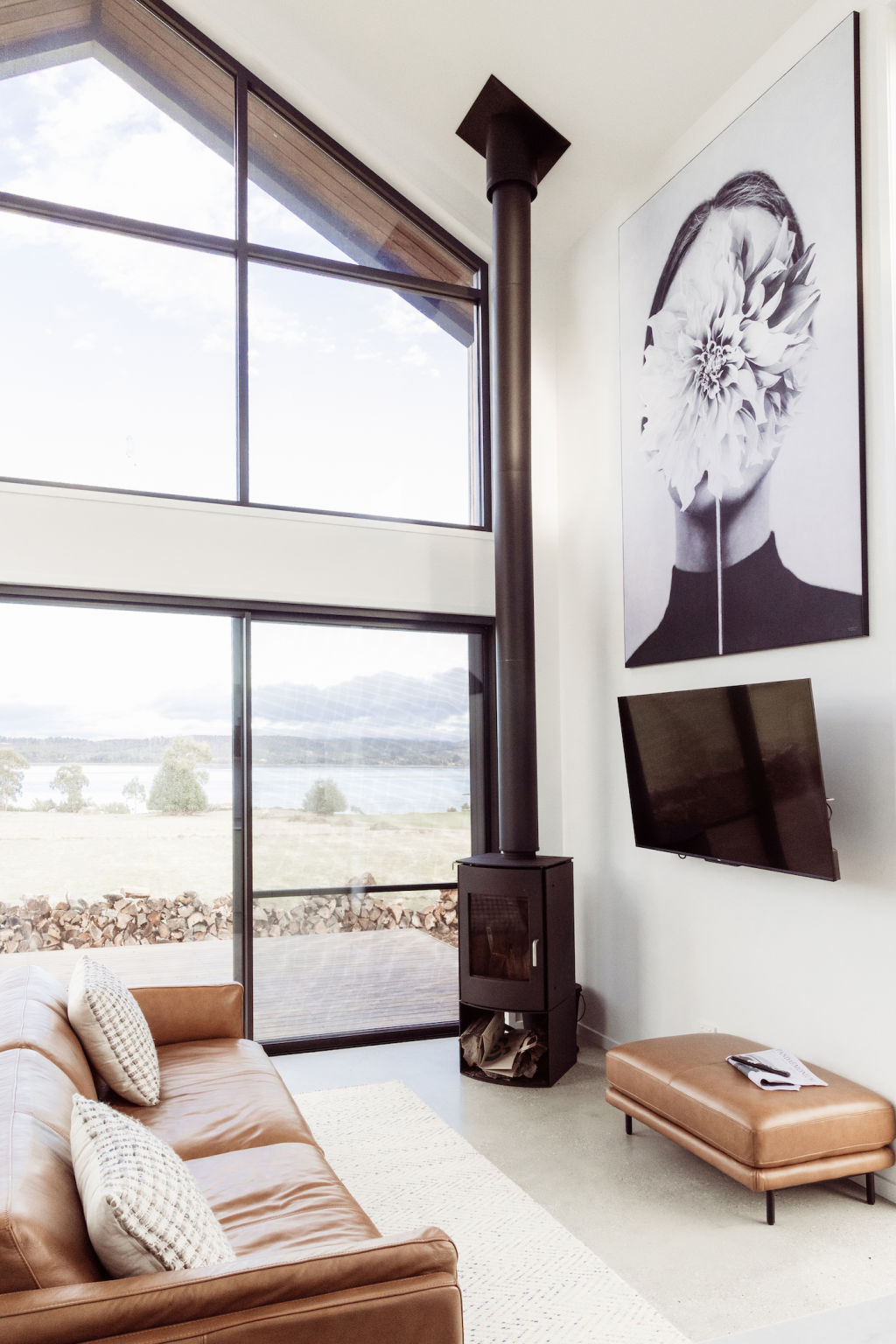
Tension between home owners
The building process often creates a certain amount of tension between the home owners themselves.
“There’s so much stress, with a lot of money that you’re investing and pressure for it all to work out and look the way you want,” Kay says. “And the hard thing is … often you’re having [discussions with your partner] after a full day at work, and you’re pretty tired.”
Kay and De Winton made it work by dividing and conquering (she handled the project management while he handled the design side of things), and by finding time to discuss the big building decisions after they’d put their two kids to bed.
All of this is made easier when the client-builder relationship is smooth sailing.
“You want someone that you can talk to and have a chat with, have a sense of friendship or a bond, but then also talk about what needs to be talked about,” McKenna says.


We recommend
States
Capital Cities
Capital Cities - Rentals
Popular Areas
Allhomes
More
